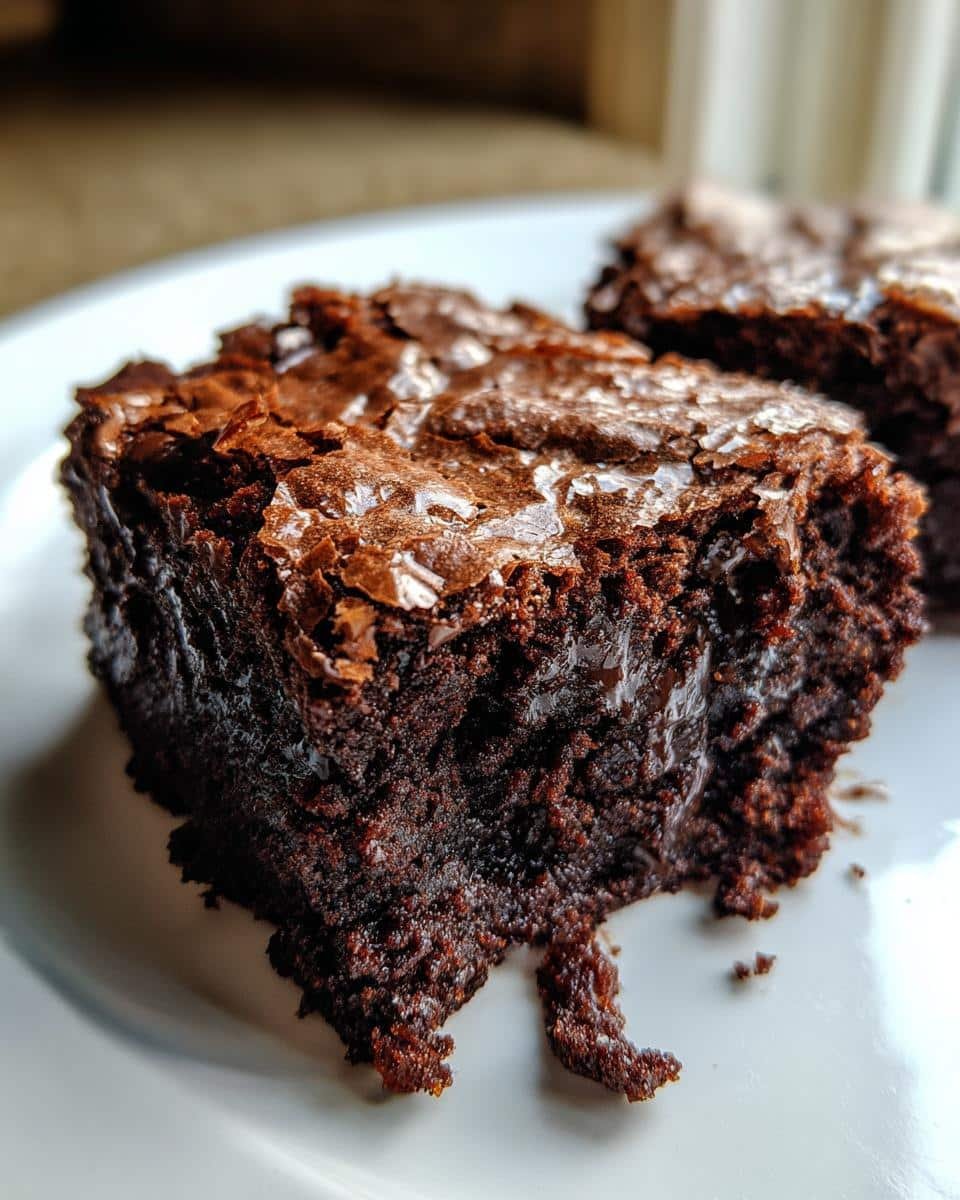In the world of pastries, few are as universally adored and culturally iconic as the croissant. This flaky, buttery marvel has transcended its Parisian roots to become a global breakfast staple, celebrated for its delicate layers and rich history. From the streets of Vienna to the cafes of Paris and beyond, the journey of the croissant is a tale of culinary innovation, cultural exchange, and the relentless pursuit of perfection. In this article, we’ll unravel the layers of this beloved pastry, exploring its origins, the artistry behind its creation, and its evolution into a canvas for modern gastronomic creativity. So, let’s embark on a delicious voyage into the heart of the croissant, a pastry that continues to capture imaginations and tantalize taste buds around the world.
Part 1: Introduction to Croissants
Ah, the croissant – a pastry that, quite literally, has its origins twisted in history and butter. This culinary masterpiece, with its golden exterior and tender, layered interior, has become a symbol of French gastronomy, yet its story begins far from the cobblestone streets of Paris.
The Evolution of Croissants: From Classic to Modern Innovations
Once upon a time, in a world where breakfast was a mundane affair, the croissant burst onto the scene, bringing with it a revolution in morning routines. Originating as a simple, yet elegant, testament to the art of baking, the croissant has undergone a transformation that would leave its ancestors in awe. Today, it’s not just a pastry; it’s a phenomenon. From the traditional croissant au beurre to the Instagram-famous cronut, the croissant has proven itself to be a versatile canvas for culinary creativity.
The Cultural Significance of Croissants in France and Around the World
To understand the croissant is to delve into the heart of French culture. In France, a croissant is not just a breakfast item; it’s a ritual, a symbol of leisurely mornings and the joy of simple pleasures. However, the croissant’s allure is not confined to France. Around the globe, this pastry has been embraced and adapted, reflecting local tastes and ingredients. From the cruffin in Australia to the crookie in Paris, the croissant’s journey is a testament to its universal appeal and adaptability.
In every buttery layer and every flaky crumb, the croissant tells a story of tradition, innovation, and the shared human experience of enjoying good food. As we peel back these layers, we discover not just the history of a pastry, but the history of culinary evolution itself. So, let’s continue to explore the rich tapestry of the croissant’s past, present, and future, one delicious bite at a time.
Part 2: The History and Origins of Croissants
Diving into the croissant’s past is like opening a book filled with culinary intrigue, international espionage, and a dash of serendipity. The story of this beloved pastry is as layered as its dough, beginning not in the bustling bakeries of Paris, but in the historic ovens of Vienna.
The Origins of Croissants
Believe it or not, the croissant’s journey began with a siege, a celebration, and a bit of creative baking. The year was 1683, Vienna was under siege, and the city’s bakers, working in the wee hours, heard the enemy tunneling underneath the walls. Their alertness saved the city, and to commemorate the victory, they baked bread in the shape of the Ottoman crescent. Fast forward a few centuries, and this Viennese pastry finds its way to Paris, transforming into the croissant we adore today.
But here’s where the plot thickens: the croissant’s Parisian debut is credited to August Zang, a Viennese entrepreneur who opened a bakery in Paris. His pains de fantaisie were unlike anything Parisians had tasted before, thanks to a secret ingredient: innovation. Zang’s use of steam ovens and a unique lamination process set the stage for the croissant’s rise to fame.
Croissants in French Culinary Tradition
As the croissant settled into its new French identity, it became more than just a piece of bread. It became a symbol of French culinary excellence, a staple of French bakeries, and a beloved part of the French breakfast tradition. Yet, it’s essential to remember that the croissant is a product of cultural exchange—a Viennese import that became a French classic.
The croissant we know and love today is a testament to the art of baking. It’s not just about mixing dough and butter; it’s about Mastering Croissant Bread Baking Guide, which creates those irresistible layers. This process, refined and perfected in France, is what gives the croissant its signature texture and flavor.
In every bite of a croissant, there’s a piece of history, a hint of international intrigue, and a celebration of culinary craftsmanship. The croissant’s journey from Vienna to Paris is a reminder that sometimes, the most iconic aspects of a culture can come from the most unexpected places. As we savor the flaky, buttery goodness of a croissant, we’re not just enjoying a pastry; we’re partaking in a rich tradition that spans centuries and crosses borders.
Part 3: Making of Croissants
Peering into the heart of a bakery at dawn, one can witness a ballet of flour, butter, and skill—a dance that gives life to the croissant. This part of our journey delves into the craftsmanship behind every curve and crumb of this iconic pastry.
Ingredients and Techniques
At its core, the croissant is a marvel of simplicity and complexity. The basic ingredients—flour, water, yeast, sugar, salt, and butter—might sound straightforward. Yet, it’s the alchemy of these elements, combined with the baker’s skill, that creates magic. The secret? Lamination. This technique involves meticulously folding and rolling the dough with butter, creating hundreds of layers. As the croissant bakes, the butter melts, releasing steam and puffing up the dough into its signature flaky layers. It’s a process that demands patience, precision, and a touch of love.
Variations of Croissants
While the classic croissant au beurre remains a beloved standard, the world of croissants is rich with variation. The croissant ordinaire, made with margarine instead of butter, offers a different taste and texture, often at a lower price point. However, it’s the innovations that truly showcase the croissant’s versatility. The cruffin, a cross between a croissant and a muffin, and the crookie, a delightful blend of croissant and cookie, are just the tip of the iceberg. Each variation not only challenges the traditional notion of what a croissant can be but also invites us to explore new flavors and experiences.
In the hands of a skilled baker, the humble croissant transcends its simple beginnings to become a canvas for culinary artistry. From the traditional to the avant-garde, each variation speaks to the croissant’s enduring appeal and its capacity to inspire creativity. As we bite into a buttery, flaky croissant, we’re not just tasting a pastry; we’re experiencing centuries of tradition, innovation, and the boundless possibilities of baking. So, let’s continue to savor the journey, one layer at a time, as we explore the global impact of this remarkable pastry.
Part 4: Croissants Around the World

The croissant, with its flaky layers and buttery aroma, has not just stayed within the confines of French bakeries but has embarked on a global journey, adapting and evolving along the way. This part of our exploration takes us around the world, where the croissant has been warmly embraced and ingeniously reinvented.
Global Variations and Innovations
From the bustling streets of Tokyo to the cozy cafes of Buenos Aires, the croissant has found a home. Each country and culture has left its mark on this classic pastry, infusing it with local flavors and traditions. In Japan, for instance, you might find croissants filled with matcha cream, offering a delightful fusion of French technique and Japanese flavors. Meanwhile, in Argentina, medialunas—a sweeter, smaller cousin of the croissant—are a staple, often enjoyed with a dollop of dulce de leche.
These global variations are not just a testament to the croissant’s versatility but also to its universal appeal. Whether it’s the addition of local ingredients or the adaptation of the pastry to fit into different meal times, the croissant has proven to be a beloved canvas for culinary creativity worldwide.
The Spread of Croissants Beyond France: Adaptations and Innovations
The journey of the croissant from a Parisian novelty to a global phenomenon is a story of culinary migration and adaptation. As bakers around the world have embraced the croissant. They’ve also reimagined it, creating pastries that reflect their own culinary landscapes while paying homage to the croissant’s origins. This cross-cultural exchange has not only enriched the global pastry scene but has also highlighted the power of food to connect and inspire across boundaries.
In every corner of the globe, the croissant continues to evolve, blending tradition with innovation. These international variations are a reminder of the croissant’s enduring charm and its ability to bring people together, no matter where they are in the world. As we indulge in croissants, whether classic or reimagined, we’re not just enjoying a pastry; we’re savoring a piece of global culinary history, one delicious bite at a time.
Part 5: The Cultural Impact of Croissants
As we continue to unravel the story of the croissant, it becomes clear that this pastry is more than just a morning treat. It’s a cultural icon, a symbol of culinary artistry, and a testament to the joy of simple pleasures. In this part, we delve into the croissant’s profound impact on popular culture and its role as a bridge between tradition and modernity.
Croissants in Popular Culture
The croissant has made its mark not only on breakfast menus around the world but also in the hearts of millions. Its appearance in films, literature, and art speaks volumes about its status as a symbol of indulgence, comfort, and sophistication. From the streets of Paris in romantic comedies to the pages of high-fashion magazines. The croissant effortlessly embodies a blend of everyday simplicity and luxurious pleasure. It’s a pastry that suggests, “Take a moment, savor the flavor, and enjoy the beauty in the details.”
Moreover, the rise of social media has catapulted the croissant into the spotlight. Making it a star of Instagram feeds and food blogs. The allure of a perfectly laminated. Golden-brown croissant can garner thousands of likes, inspiring a new generation of food enthusiasts to explore the art of baking. This digital fame not only celebrates the croissant’s aesthetic appeal but also encourages a deeper appreciation for the craftsmanship behind each pastry.
The Influence of Social Media on Croissant Popularity
In the age of social media, the croissant has found a new avenue for admiration and influence. Platforms like Instagram and Pinterest have become showcases for the most innovative and visually stunning croissant creations. From rainbow-colored pastries to croissants filled with unexpected, gourmet ingredients. This digital exposure has not only elevated the croissant’s status as a culinary trendsetter but has also sparked a global conversation about food, culture, and creativity.
The croissant’s journey from a humble breakfast item to a cultural phenomenon highlights its unique ability to adapt and thrive in the modern world. As we bite into its flaky layers, we’re not just tasting butter and dough. We’re experiencing a piece of culinary history that continues to evolve and inspire. The croissant, in all its buttery glory, reminds us of the power of food to bring joy. Spark creativity, and connect us across cultures and generations.
Part 6: FAQs on Croissants
In our journey through the world of croissants, we’ve explored their history, making, and cultural impact. Yet, there remain questions that enthusiasts and curious minds alike often ponder. In this part, we address some of the most frequently asked questions about croissants, shedding light on their intriguing aspects.
Who Invented the Croissant?
The invention of the croissant is a tale of culinary evolution, with its roots tracing back to the Austrian kipferl. However, the croissant as we know it today, with its flaky layers and buttery richness, was perfected in France. The transformation from kipferl to croissant is credited to Viennese baker August Zang, who brought his baking techniques to Paris in the 19th century. Thus, while the croissant’s origins are Austrian, its development into the pastry we love is a distinctly French achievement.
What Makes a Croissant Different from Other Pastries?
What sets the croissant apart is its method of preparation, particularly the technique of lamination. This process involves folding butter into the dough multiple times to create thin layers. When baked, the water in the butter turns to steam. Puffing up the dough and resulting in the croissant’s signature flaky texture. This meticulous technique, combined with the use of high-quality butter, distinguishes croissants from other pastries.
How Have Croissants Evolved Over Time?
Originally a luxury item for the French aristocracy. The croissant has evolved into a staple of French cuisine and a global phenomenon. Innovations such as the cronut (a croissant-doughnut hybrid) and the cruffin (a croissant-muffin mix) showcase the pastry’s versatility. Moreover, bakers worldwide continue to experiment with fillings and flavors, from sweet to savory, reflecting local tastes and culinary trends.
Is Croissant Bread Healthy?
While croissants are undeniably delicious, they are typically high in butter and, consequently, in calories and fat. However, like all indulgences, they can be enjoyed as part of a balanced diet. Some bakeries offer whole wheat or reduced-fat versions, providing a slightly healthier alternative for those who wish to indulge mindfully.
In answering these questions, we peel back yet another layer of the croissant’s rich story. Revealing the depth of its culinary heritage and its place in our lives. Whether enjoyed as a luxurious treat or a daily delight. The croissant continues to enchant and satisfy palates around the world.Proving that good things indeed come in buttery, flaky packages.
Part 7: Conclusion
As we wrap up our exploration of the croissant, it’s clear that this pastry is much more than just a delicious treat to accompany our morning coffee. It’s a symbol of culinary artistry, a testament to the beauty of tradition, and a canvas for innovation. The croissant embodies the spirit of gastronomy at its finest—where history, culture. And creativity converge to create something truly extraordinary.
The Future of Croissants
Looking ahead, the future of croissants is as promising as it is exciting. With each baker’s twist and every cultural adaptation. The croissant continues to evolve, reflecting the changing tastes and trends of our global palate. As artisanal bakers and renowned chefs experiment with new ingredients, techniques, and presentations. The croissant remains at the forefront of culinary innovation.
Yet, despite these transformations, the essence of the croissant—its flaky layers, buttery richness, and comforting warmth—remains unchanged. This enduring appeal suggests that the croissant will continue to be cherished by generations to come. A beloved staple of breakfast tables and patisseries around the world.
In the end. The story of the croissant is a reminder of the joy found in simple pleasures and the universal language of good food. It’s a celebration of the past, a taste of the present, and a glimpse into the future of culinary art. So, as we savor each bite of this iconic pastry. Let’s appreciate the journey it has taken to reach us, and look forward to the delicious possibilities that lie ahead.
The croissant, with its golden crust and tender heart. Invites us to pause and enjoy the moment. To explore new flavors and traditions, and to share in the delight of discovery. As we continue to indulge in this timeless pastry. We’re not just enjoying a piece of bread; we’re partaking in a rich, ongoing story of culinary excellence. Here’s to the croissant—may its journey continue to inspire and satisfy, one flaky layer at a time.
LSI and NLP Keywords
- Viennoiserie, lamination, buttery layers, August Zang, Parisian bakeries, dough folding, pastry innovation, croissant dough, culinary tradition, yeast-leavened, flaky texture, croissant variations, cultural significance, artisanal baking, breakfast pastry.
External Links and Recommended Anchor Text
- History of the Croissant – For a detailed exploration of the croissant’s origins and history.
- Croissant Bread Recipe: How to Make a Croissant Loaf – For readers interested in making their own croissant bread at home.
- French National Confederation of Baking and Pastry – For insights into the standards and competitions surrounding French baking and pastry, including croissants.



